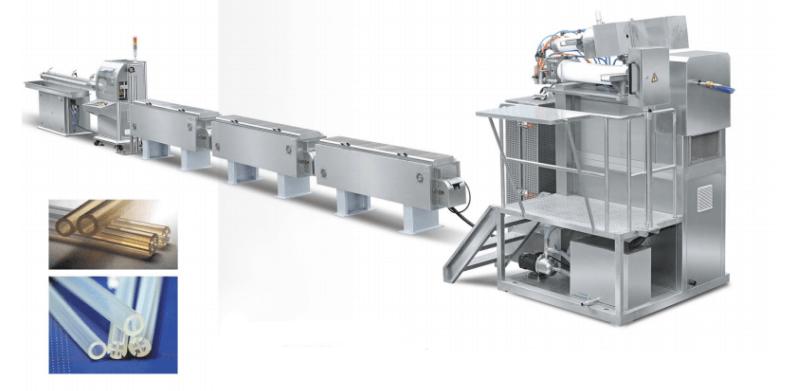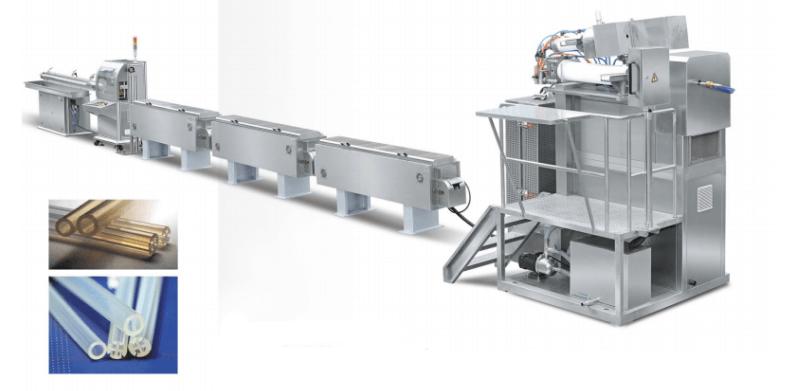
Foley Catheter VS Silicone Catheter: What are Differences
Catheters play a crucial role in modern medical care, facilitating the drainage and management of bodily fluids, particularly urine. Two common types of catheters used in clinical settings are the Foley catheter and the silicone catheter.
Understanding the differences between these catheter types is essential for healthcare professionals and patients alike, as it can impact patient comfort, safety, and treatment outcomes.
In this post, the author would reveal the differences between these two tubes.
Understanding the differences between these catheter types is essential for healthcare professionals and patients alike, as it can impact patient comfort, safety, and treatment outcomes.
In this post, the author would reveal the differences between these two tubes.
What is Foley Catheter?
A Foley catheter, also known as an indwelling urinary catheter, is a flexible tube designed to be inserted into the bladder to drain urine. It features a balloon at one end and a drainage tube with connectors leading to a drainage bag. The balloon, when filled with sterile water, helps keep the catheter securely in place within the bladder, while the drainage tube allows urine to flow into the collection bag.
When to Use Foley Catheter?
Foley catheters are commonly used in various medical situations, including patients who are unable to urinate on their own due to medical conditions such as urinary retention, surgery, or certain neurological disorders. They are particularly useful when continuous urinary drainage is necessary for extended periods.
Foley Catheter: Material Composition
Foley catheters are typically made from materials like latex or silicone. The drainage tube and balloon may be constructed from latex or coated with silicone. Latex catheters have been widely used in the past, but due to potential allergies and sensitivities, silicone-coated or entirely silicone catheters are becoming more prevalent. Silicone catheters are biocompatible, minimizing the risk of allergic reactions and irritation.
Foley Catheter: Insertion and Placement
The insertion of a Foley catheter is a medical procedure that requires proper training and sterile techniques. It involves gently inserting the catheter through the urethra into the bladder until the balloon is inside the bladder, and then inflating the balloon with sterile water. Correct placement is crucial to avoid discomfort and prevent complications such as urinary tract infections (UTIs).
Foley Catheter: Duration of Use
The duration for which a Foley catheter remains in place varies depending on the patient's medical condition and treatment plan. In some cases, it may only be needed for a short period, while in others, long-term use may be necessary. Prolonged use of a Foley catheter can increase the risk of UTIs and other complications, so careful monitoring and proper care are essential.
Foley Catheter: Care and Maintenance
Proper care of a Foley catheter is crucial to prevent infections and complications. Regular cleaning and hygiene of the catheter and drainage bag are necessary to reduce the risk of UTIs. It is essential to follow healthcare provider instructions for emptying the drainage bag and changing the catheter when needed.
What is Silicone Catheter?
Silicone catheters are another type of urinary catheter that is becoming increasingly popular due to their unique material properties. They are flexible tubes made entirely of medical-grade silicone, a biocompatible material that reduces the risk of allergies and irritation.
When to Use Silicone Catheter?
Silicone catheters are suitable for various medical conditions and patients, just like Foley catheters. They are commonly used when patients have latex allergies or sensitivity to other materials used in catheters. Silicone catheters are especially helpful for patients who require long-term catheterization.

Silicone Catheter: Material Composition
The entire catheter body of silicone catheters is made from medical-grade silicone, without any coatings. This design makes them a preferred choice for patients with known sensitivities to latex or other materials found in catheters. Silicone is known for its durability and flexibility, making silicone catheters comfortable for extended use.
Silicone Catheter: Insertion and Placement
The insertion procedure for silicone catheters is similar to that of Foley catheters, with proper sterile techniques and gentle insertion through the urethra. Healthcare professionals should consider patient comfort and minimize any discomfort during the process.
Silicone Catheter: Duration of Use
Silicone catheters are suitable for both short-term and long-term use, depending on the patient's needs. Their biocompatibility and low risk of allergic reactions make them a viable option for patients requiring continuous catheterization for extended periods.
Silicone Catheter: Care and Maintenance
Similar to Foley catheters, proper care, and maintenance are essential for silicone catheters. Regular cleaning, hygiene, and drainage bag management help reduce the risk of infections and ensure the catheter functions effectively.
Comparison of Foley and Silicone Catheters
In this section, the author will make a comparison between foley and silicone cathers.
●Material Differences
The primary difference between Foley and silicone catheters lies in their material composition. While Foley catheters may contain latex, silicone catheters are entirely made from silicone. This distinction is crucial for patients with latex allergies or sensitivities, as silicone catheters pose a lower risk of adverse reactions.
●Indications and Suitability
Both catheter types serve similar medical purposes, but the choice between Foley and silicone catheters depends on individual patient factors. Patients with latex allergies or sensitivities may find silicone catheters more suitable, while others may use Foley catheters depending on the healthcare provider's recommendation.
●Insertion Techniques and Comfort
The insertion procedures for both catheter types are similar, aiming to minimize discomfort and potential complications. Healthcare providers may consider patient preferences and medical history when selecting the appropriate catheter type for insertion.
●Risks and Complications
Both Foley and silicone catheters carry some risks, such as urinary tract infections, blockages, or tissue damage. Regular monitoring, proper care, and prompt attention to any issues can help mitigate these risks.
Conclusion
In summary, Foley catheters and silicone catheters are essential medical tools used for urinary drainage and management.
Proper care and management of catheters are crucial for ensuring patient comfort, reducing complications, and maintaining optimal urinary health.
Proper care and management of catheters are crucial for ensuring patient comfort, reducing complications, and maintaining optimal urinary health.




